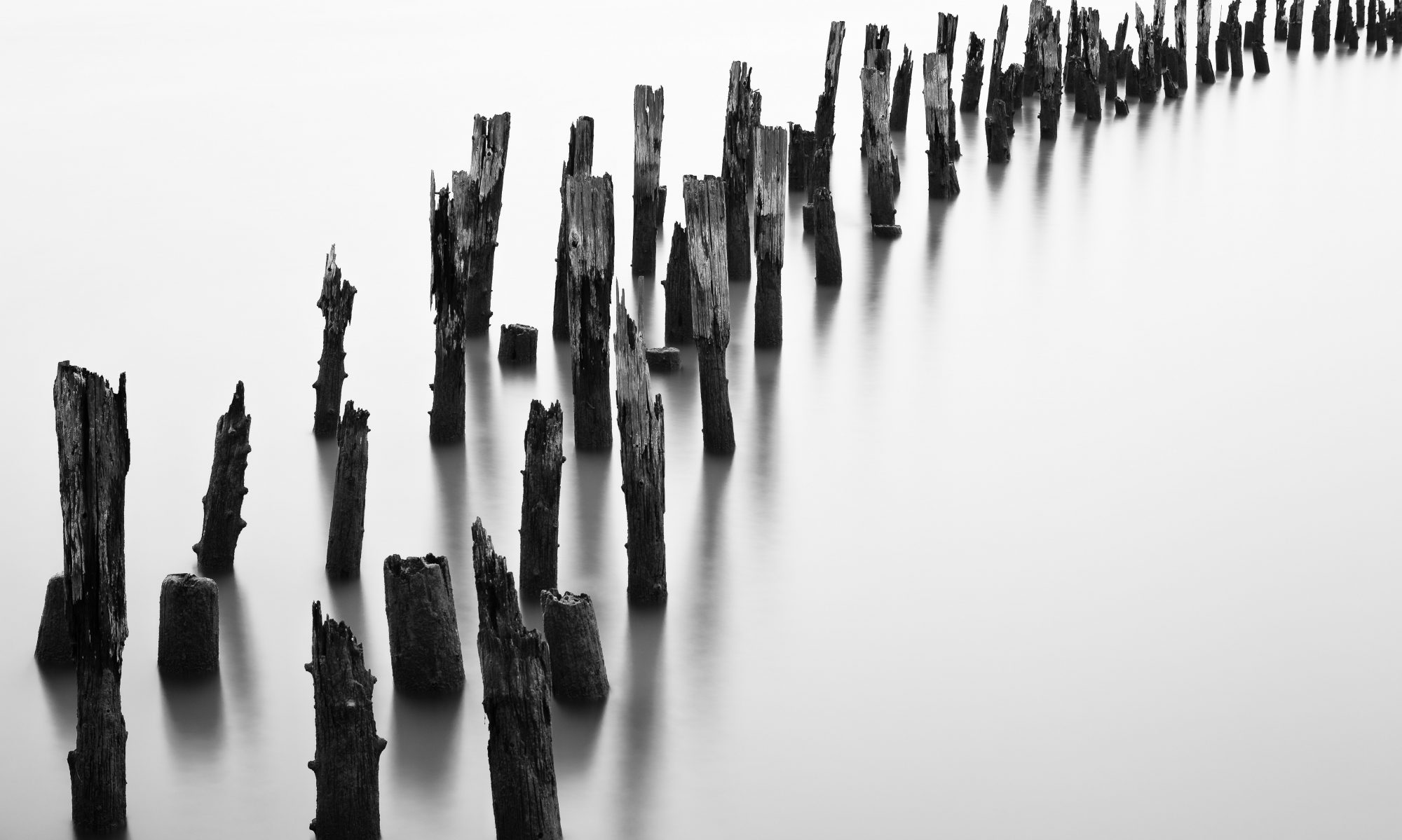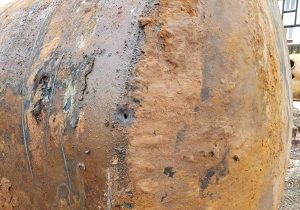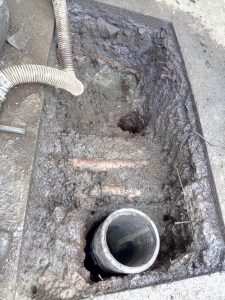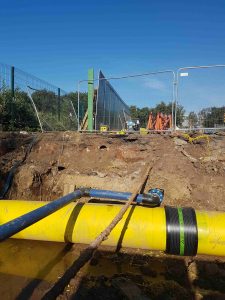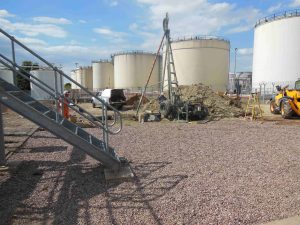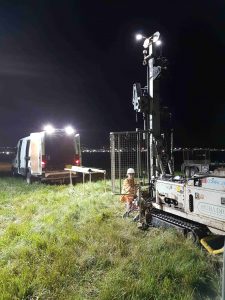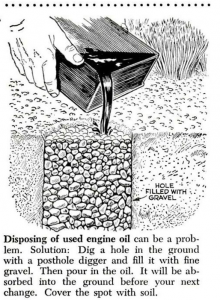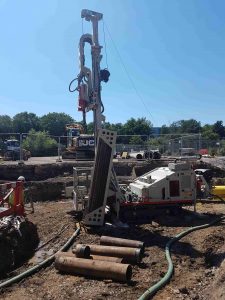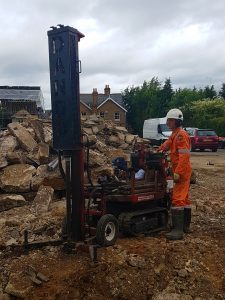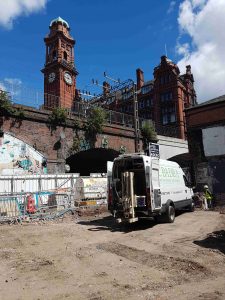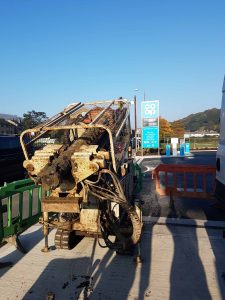
The site investigation industry has, traditionally, relied on light cable percussion (generally known as shell and auger) drilling. This is slow, messy and crude providing low quality geotechnical and environmental samples at best. Thankfully, these days it isn’t the only option available to you.
The majority of our general site investigation drilling is done using hollow stem rotary methods. These provide signficantly better quality data with minimal sample disturbance, even in the toughest of conditions. This week we were working at a site underlain by glacial and millstone grit cobbles, sand and terrace gravels in a sandy clay matrix. We drilled five boreholes to their target depth on 8m in one working day – something that might have taken a shell and auger crew a week – minimising the disruption to our client’s business which was able to remain open throughout.
